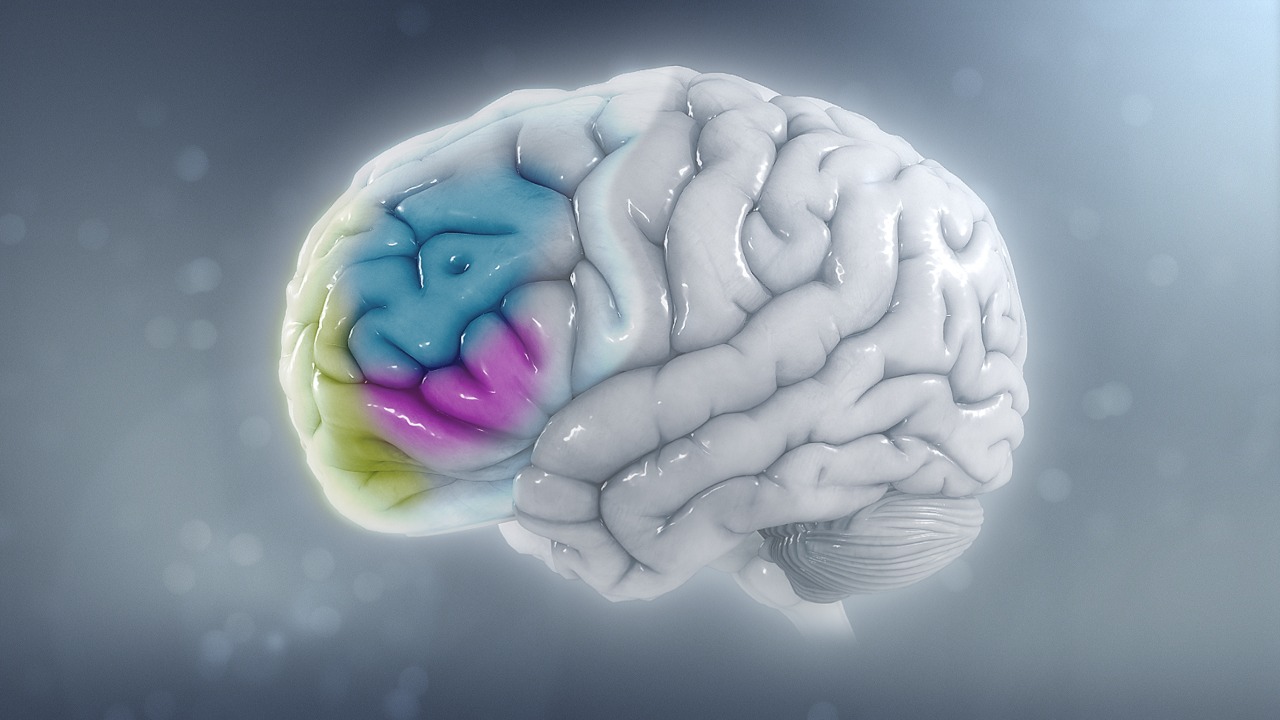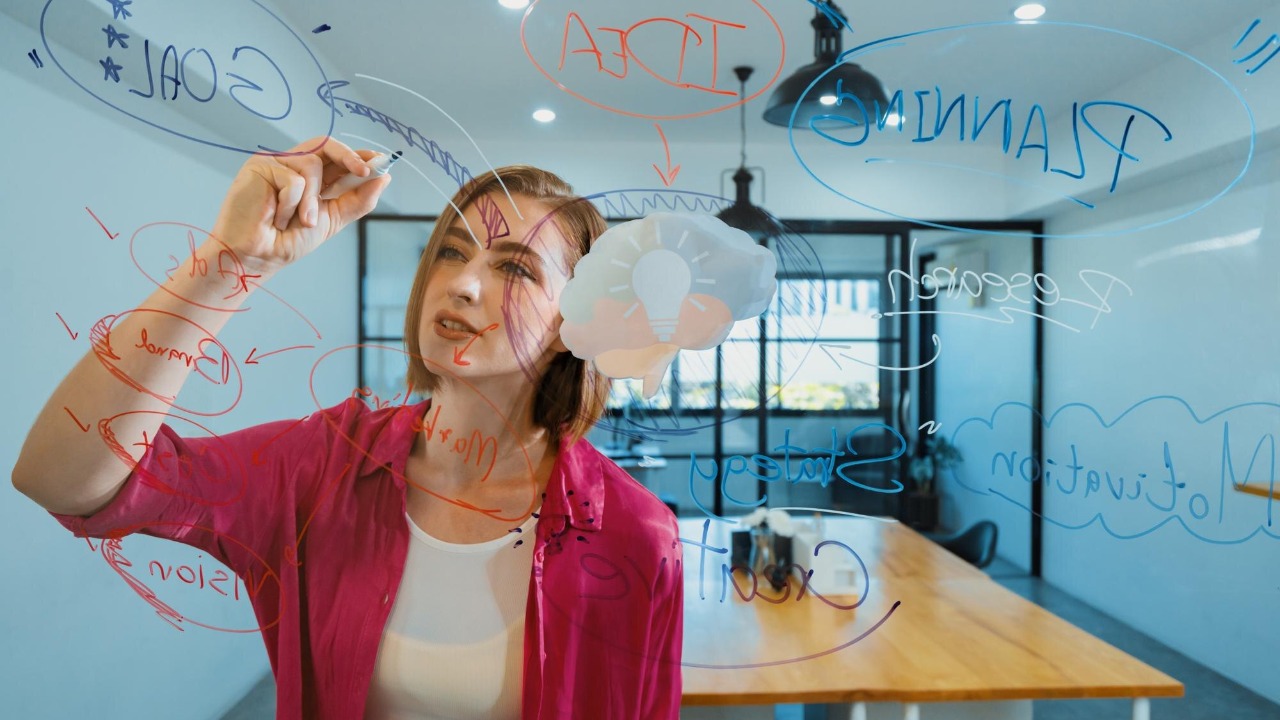
Recent research suggests that individuals with ADHD may exhibit heightened creativity due to their tendency to engage in deliberate daydreaming. This form of mind-wandering allows for novel idea generation, challenging traditional views of ADHD as solely a deficit. Instead, it positions ADHD as potentially advantageous in creative fields. Source.
Understanding ADHD and Daydreaming

ADHD, or Attention Deficit Hyperactivity Disorder, is often characterized by traits such as inattention and hyperfocus. These traits can manifest as purposeful daydreaming rather than random distraction. Studies have shown that individuals with ADHD report more intentional mind-wandering episodes, which can lead to creative insights. This contrasts with the common perception of ADHD as merely a source of distraction, suggesting that the condition might offer unique cognitive advantages. Source.
Neurologically, differences in the default mode network activity in the brains of those with ADHD enable them to freely associate ideas during daydreams without the constraints of rigid task adherence. This neurological basis supports the idea that ADHD can foster creativity by allowing the mind to explore unconventional paths. Daydreaming also serves as a coping mechanism, providing breaks from overstimulation and allowing individuals to process information creatively, which can be particularly beneficial in environments that demand constant attention. Source.
The Science Linking Daydreaming to Creativity

Research on divergent thinking, a measure of creativity, reveals that participants with ADHD often outperform control groups in generating unconventional ideas. This ability is closely linked to their daydreaming habits, which facilitate a flow of creative thought. Such findings challenge the traditional narrative that ADHD is purely a hindrance, instead highlighting its potential as a catalyst for innovation. Source.
Cognitive psychology studies further support this link, showing that moderate mind-wandering, common in ADHD, correlates with problem-solving breakthroughs. Unlike excessive rumination, which can be detrimental, this type of mind-wandering allows for the incubation of ideas and solutions. Recent experiments have quantified this advantage, with ADHD groups scoring 20-30% higher on creativity tasks involving open-ended scenarios, underscoring the practical benefits of their unique cognitive processes. Source.
Real-World Examples of ADHD-Driven Creativity

Notable figures with ADHD, such as entrepreneur Richard Branson, exemplify how daydreaming can fuel innovation. Branson’s admitted daydreaming habits have led to groundbreaking business ideas in aviation and space travel, demonstrating the potential of ADHD-driven creativity in real-world applications. His success story highlights the value of embracing rather than suppressing the creative aspects of ADHD. Source.
In the arts, a 2022 survey of creative professionals found that 40% self-identified with ADHD and credited intentional mind-wandering for their creative output. This statistic underscores the prevalence of ADHD in creative fields and suggests that the condition may be more common among those who pursue artistic endeavors. Such findings encourage a reevaluation of how ADHD is perceived and managed in professional settings. Source.
Workplace anecdotes further illustrate how ADHD employees use short daydream sessions to ideate, leading to higher innovation rates in tech and design industries. These examples demonstrate the practical benefits of leveraging ADHD traits in environments that value creativity and innovation, suggesting that businesses could benefit from fostering such traits rather than attempting to suppress them. Source.
Implications for ADHD Management and Society

Reframing daydreaming as a strength could significantly shift ADHD treatment approaches from suppression to harnessing its potential. Therapeutic techniques that channel mind-wandering productively could help individuals with ADHD maximize their creative capabilities. This shift in perspective could lead to more effective management strategies that align with the natural tendencies of those with ADHD, ultimately improving their quality of life and productivity. Source.
Societal benefits could also arise from encouraging ADHD traits in creative sectors to boost innovation. By recognizing the unique contributions of individuals with ADHD, industries could tap into a wellspring of creativity that has been underutilized. However, it is crucial to address challenges such as productivity myths and ensure that daydreaming is balanced with focus to prevent potential downsides. Strategies for integration in education and careers could help individuals with ADHD thrive while contributing to broader societal advancements. Source.